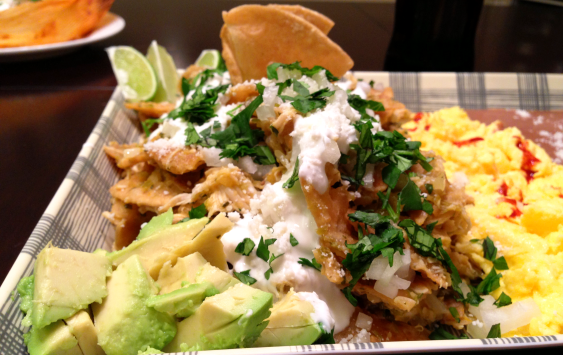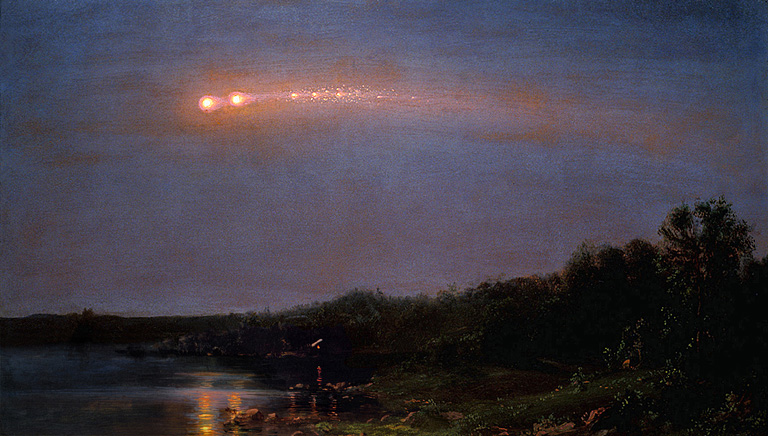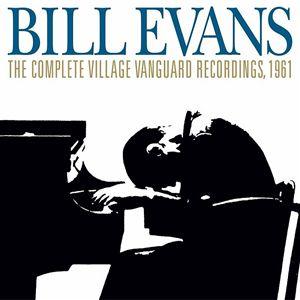Chilaquiles is a traditional Mexican dish of fried tortilla chips (totopos) cooked with salsa until softened.
It is most often served for breakfast, with refried pinto beans and scrambled eggs. It is a highly adaptable dish that may be prepared a hundred different ways, incorporating salsa roja, salsa verde, or mole; shredded chicken, pork, or chorizo (or Jimmy Dean’s breakfast sausage); and many possible dressings and condiments.
Despite the proliferation of good, authentic Mexican eateries in the United States, it can be challenging to find Chilaquiles on a restaurant menu. That is because Chilaquiles is very much a home cooks’ specialty, and while it lends itself well to familial variation, it does not yield to commercial refinement or expedient methods.
Like many of our more familiar comfort dishes – like chicken and dumplings, warm banana bread, or a good shepherd’s pie – Chilaquiles is an old-fashioned dish that must be prepared slowly and lovingly by the home cook, and it must be served with the same care: as a family or workingman’s breakfast, as a Saturday hangover curative (with a fiery michelada), or most often, as a reminder of home for millions of Mexican expatriates.
I have been preparing Chilaquiles for several years now. It is, for us, a leisurely Sunday morning dish – a late breakfast to be enjoyed while still in our pajamas. Although I first clipped the recipe out of a magazine, I no longer follow it. The dish is now ours.
—–
Preparation starts with a trip to the Mexican grocery store. Our local favorite is Carneceria Morelos, with several locations in Indianapolis. You could go to the “ethnic foods” section of your domestic grocer for some of these ingredients, but why would you? A Mexican grocery gives you access to some of the best-quality meats, produce, and dry goods to be found anywhere, at excellent prices.
Here is what we need:
Fresh corn tortillas: We look for paper packaged tortillas coming out of Chicago (a city with more tortellerias than Mexico City). Fresh tortillas should only have three ingredients – yellow corn, water, and lime.
Roast chicken: Mexican grocers usually have pre-roasted chickens available for sale. At our grocery, they are dressed with a garlicky marinade, seasoned with chiles, then cooked on a rotisserie to a golden brown. All for around six bucks.
Produce: The produce at Morelos is among the freshest I’ve ever seen. We buy one bunch of cilantro, one yellow onion, one head of garlic, two avocados, a bag of tomatillos, a couple of serrano chiles, and some soft, yellow limes.
Mexican Crema: Mexican sour cream is thinner and saltier than American sour cream; you can make your own by combining 1 cup regular sour cream, ½ cup milk, and ½ tsp. salt.
Queso Fresco: This is a white farmer’s-style cheese with a mild, refreshing flavor.
Refried Beans: Pinto beans are most traditional, or you can go with refried black beans, my favorite. If buying canned refried beans, thin them out with a 1 part water or chicken stock to 3 parts beans.
Mexican Soda: Sodas sold in Mexico are made with 100% cane sugar, instead of the corn syrup that is most common here, and they are sold in traditional glass bottles. Mexican Coca-Cola is my favorite. Becky likes Mexican Fresca, which contains three ingredients: grapefruit juice, cane sugar, and carbonated water. Delicious.
On the weekends, Morelos sells homemade pork tamales out of steam kettles near the register. We bought some of these to serve with our Chilaquiles.
—–
Next, we prepare our ingredients:
Salsa Verde
Somehow, homemade salsa verde makes this dish. We’ve tried using good-quality bottled salsas. They just don’t work. Making your own salsa is inexpensive, fast, and easy.
To prepare, remove the husks from twenty tomatillos. Blanch in boiling, salted water for 3-4 minutes. Puree blanched tomatillos in a food processor with a few cloves of garlic, a handful of cilantro, one serrano chile (de-stemmed and seeded), one teaspoon of salt, and the juice of two limes.
Totopos (Fried Tortilla Chips)
As with the salsa, we’ve tried using bagged chips to make Chilaquiles, but they don’t measure up. Homemade totopos, fresh out of the hot oil, is the way to go.
To prepare, cut one package of corn tortillas into quarters, producing triangular pieces. Heat 1-2” of corn or peanut oil to 350 degrees in a heavy-bottomed stock pot, and fry the tortilla pieces in batches. When the oil is the correct temperature, tortillas will fry to a golden brown in about one minute. Drain on paper towels, adding kosher salt to taste.
—–
Chilaquiles Recipe:
1) In a large cooking pot, sauté half a diced yellow onion with two tablespoons of cooking oil over medium heat, until soft. Add a few cloves of garlic, thinly sliced, and cook until fragrant.
2) Add salsa verde and simmer for five minutes, lengthening with a little chicken stock, if needed.
3) While salsa is simmering, heat beans in a saucepan, stirring occasionally.
4) If serving Chilaquiles with scrambled eggs, whisk four eggs with ½ cup crema, and cook with butter. Keep scrambled eggs warm in the oven until ready to serve.
5) Add 1 ½ cups pulled roast chicken to salsa, lower the heat to medium-low and simmer for an additional five minutes.
6) Add tortilla chips, using a wooden spoon to crush and break the chips while combining with the salsa. The chips should soak up most of the salsa, but should not be dry.
7) Lower the heat to low and cover, cooking for two more minutes. The chips should be soft and pliable, but not mushy. At this point, you can add a handful of fresh chips, if desired, for texture.
8) Plate the chilaquiles. Top with (in this order): sliced yellow onion, crema, crumbled queso fresco, and cilantro. Serve with lime wedges, fresh avocado, refried beans, and scrambled eggs.
Serves two.









